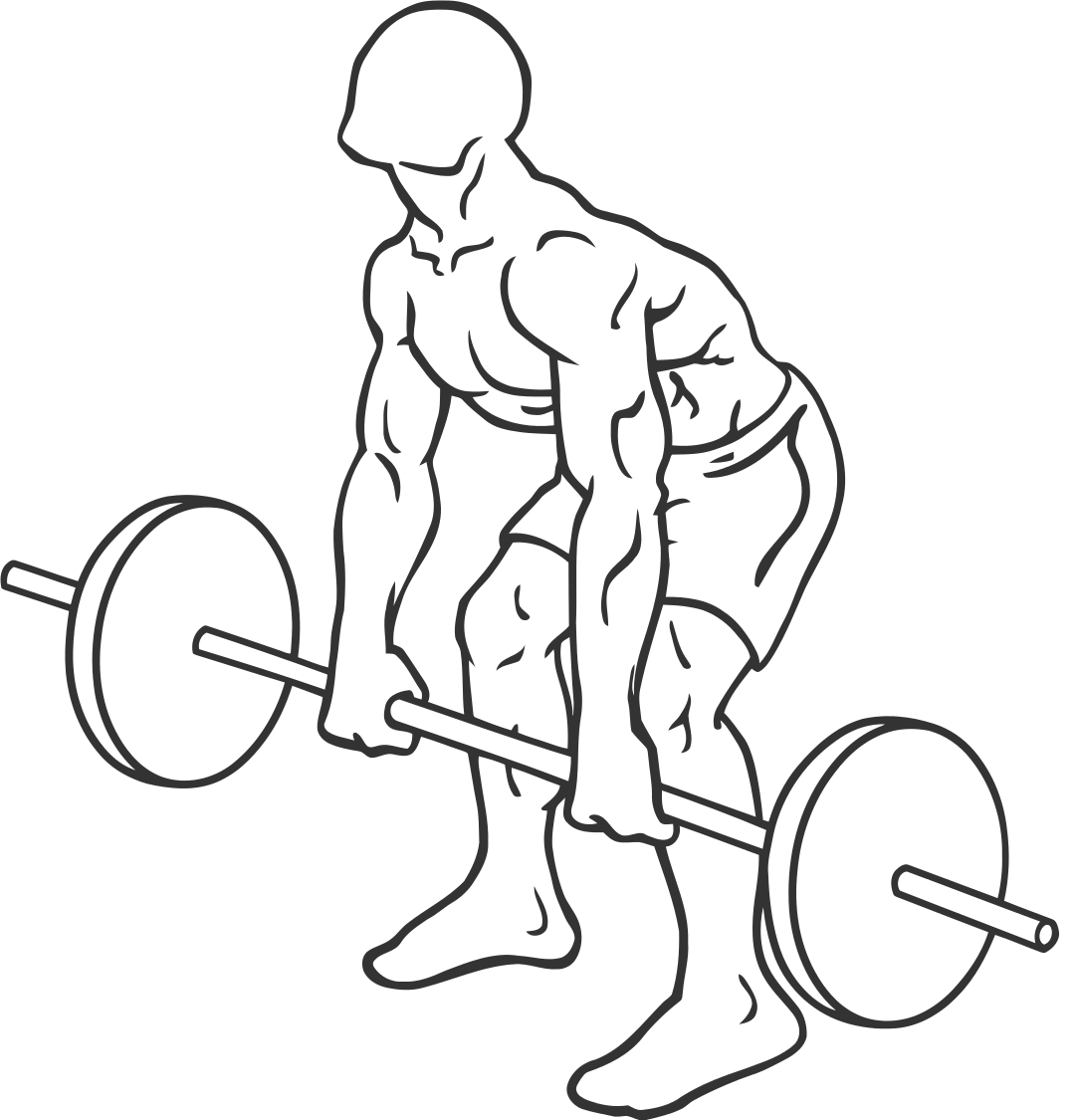

During long, steady-state cardio workouts at low intensity, rest periods are typically taken as needed. When performing such low-intensity training, you'll need to make sure that your electrolytes, hydration, and food intake are on point because it's a race against time before you get completely fatigued. During muscular endurance training, you'll rest 30 seconds or less between sets.Īctivities longer than 3 minutes, like going for a 1-mile run, primarily use the oxidative system. Three sets of an exercise done for 20-30 reps will tap both the glycolysis and oxidative systems. Muscular endurance training can involve sets that last 2-3 minutes for example, a set of 30 bodyweight squats or lunges may take 2 minutes to complete. The oxidative system uses carbohydrates, fats, and, as a last resort, protein for energy. Complete ATP resynthesis occurs within 3-5 minutes-hence the suggestion that strength and power athletes rest that long between sets.Īt 2-3 minutes of work, you'll still be using the glycolytic system but will start to call on more of the oxidative, or aerobic, system. The phosphagen system uses creatine phosphate to generate ATP, which is depleted during high-intensity exercise like weightlifting and sprinting. It provides ATP (adenosine triphosphate), which is what your body uses to power muscular activity for short-duration activities lasting up to 30 seconds. Which Energy Systems Power Your Workout?įor strength activities such as a one-rep max (1RM) deadlift or bench press, the phosphagen system contributes most of the energy. Specifically, the body uses three different energy systems however, the amount of each energy system's contribution depends on the intensity and the duration of the event. These rest periods are based on how the body produces the energy to perform work during training.


My answer always depends on the client's goal.


 0 kommentar(er)
0 kommentar(er)
